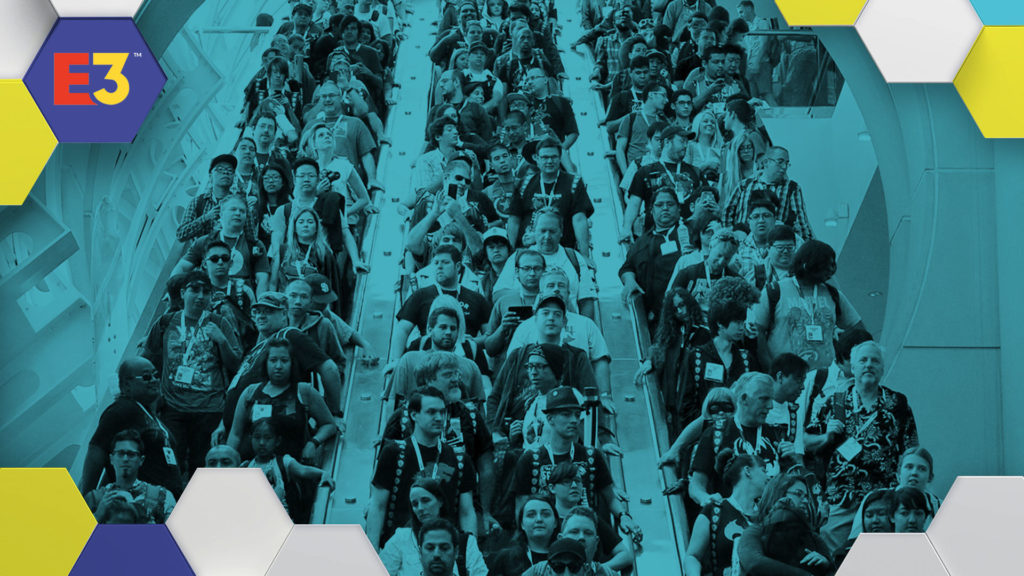Even before it was open to the public, E3 was the biggest event for the gaming industry in the US. Now, with a much broader reach, marketers from a wide variety of brands, from video games to energy drinks to toys, have adapted their E3 strategy to accommodate.
“E3 is the biggest stage that the game industry gets for the entire year,” said Tony Key, senior vice president of marketing for Ubisoft, to AListDaily. “There are other shows, but nothing compares as far as bringing the industry together for a collective, huge display of all the cool things that all the companies are working on.”
For Ubisoft, the shift has forced the company to rethink and retool its presence on the show floor. Last year, Key admitted, the greater-than-expected flood of consumers led to long lines and rushed play sessions.
“The focus is on ‘how do we make it a better consumer experience?’ In previous years, it wasn’t necessarily a consideration,” Key explained. “For us, the consumer experience in previous years was based on quality of the press conference and the quality of the videos we put out there.”
For some, the common consumers on the E3 show floor are something to be avoided entirely. Gearbox has elected to skip the public show floor entirely—while promoting its long-developed game We Happy Few—instead holding private play sessions and interviews with professional games journalists.
“This year, we got a private meeting space so we can treat it [as] it used to be,” Austin Malcolm, PR manager for Gearbox, told AListDaily. “The big goal for us is to remind people that we still exist and we’re coming out, and that it’s not just the game they saw two years ago.”
According to Malcolm, the standard demo booth show floor setup for many publishers at E3 may not serve all needs equally.
“It’s more of an opportunity for something quick and fast-paced, something you can just jump in and play for ten minutes and move on to the next booth,” Malcolm said. “What also plays into it is how close you are to launch. It doesn’t really matter much to get a game really early in its development in front of consumer’s faces, because you still have things to polish, some things might change.”
Key, however, claims that letting the public play games earlier in development may help the publishers tweak their product.
“It gives us an opportunity to unveil [our games], or show how they’re coming along if it’s something that’s already been shown, and get feedback from players, from press, from influencers, from content creators,” he said. “We take a lot of action items out of that show.”
For Malcolm, the goal of letting players test out games is a simpler one.
“I think it’s more important to be on a show floor like that,” Malcolm said, “so you can get consumers really excited about it right then and there, who then leave and then go reserve it on Amazon or GameStop or whatever retailer they purchase the game from.”
But both Ubisoft and Gearbox agree that one feature of their E3 strategy isn’t likely to be affected by the newly consumer-facing nature of the show.
“I don’t anticipate major changes to how the companies roll out their press conferences. Those are turning out to be really huge moments for each of those companies,” Key stated. “More and more players are watching the press conferences online—that became apparent a few years ago—these press conferences are consumer events.”
Indeed, Malcolm made almost precisely the same point.
“[Press conferences] were already really consumer-facing, because the digital role was growing—even though consumers weren’t there at first, there were hundreds of thousands of consumers watching from YouTube or Twitch or any other streaming service.”
But even as consumers and influencers take up more and more space on the E3 show floor, the press will continue to take the most attention from marketers.
“Nine of the ten biggest press stories of the year are going to come out of that show next week,” said Key, “and it’ll be the same next year too.”

